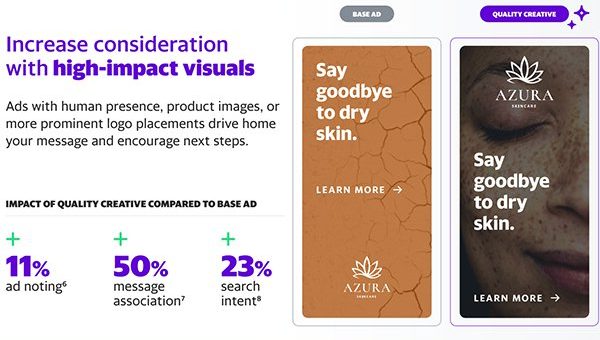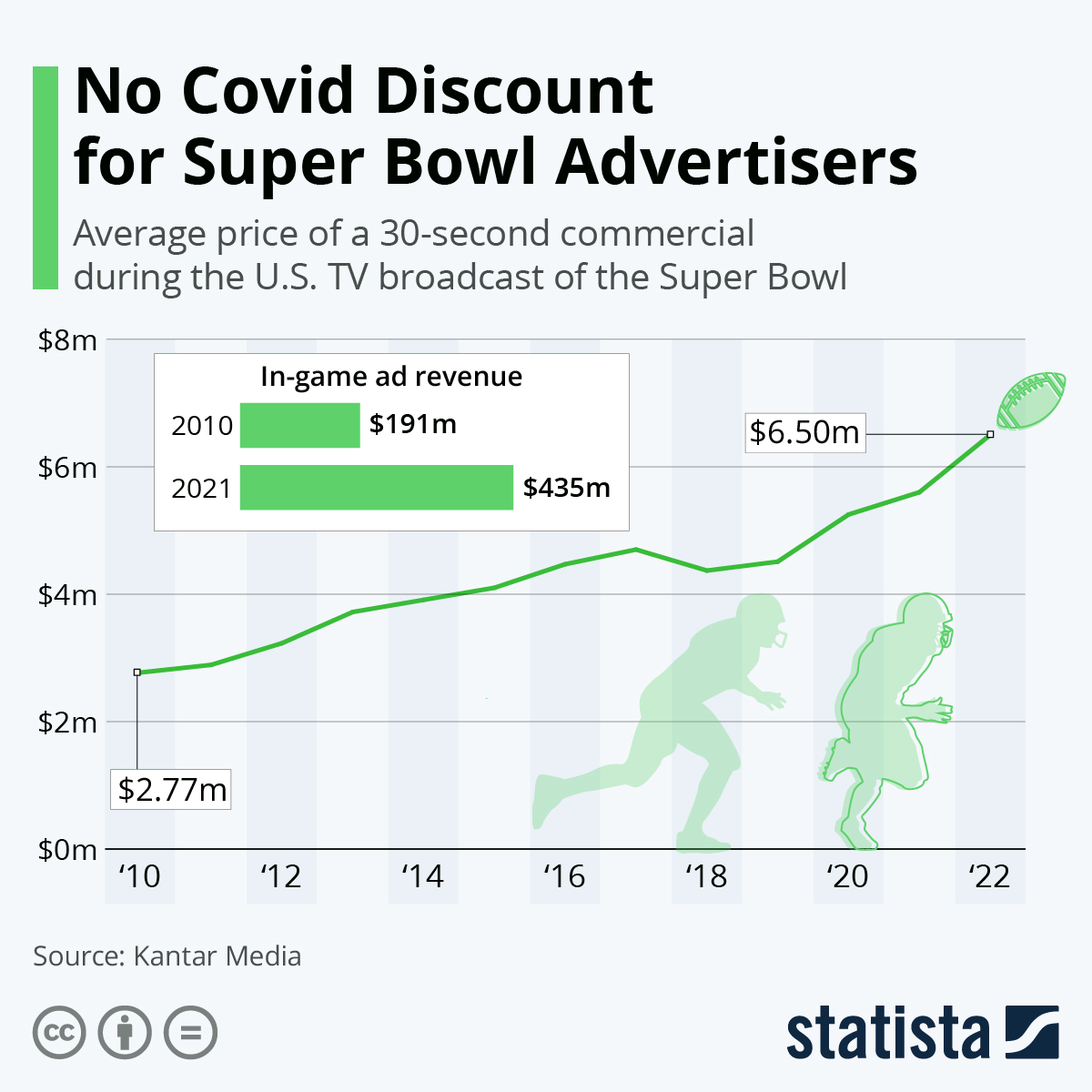The Biggest Healthcare Marketing Trends for 2023 – Adobe
Healthcare organizations need to adapt to evolving trends in healthcare marketing to reach and engage with patients effectively. In this recent report from Adobe, several key trends are highlighted:
- Consumerization of Healthcare: Patients are taking more control of their healthcare decisions, viewing healthcare as consumers. Healthcare organizations must market their services to patients as they would to traditional consumers, emphasizing value and transparency.
- Telehealth: Telehealth services have gained significance, and patients expect options for remote healthcare. Healthcare organizations should promote telehealth as one of several care pathways, emphasizing its convenience and accessibility.
- Evolved SEO Efforts: Search engine optimization (SEO) has evolved beyond bringing patients to websites; it now includes providing informative content to answer patient questions and improve trust and loyalty.
- User Experience: Patients expect fast, frictionless healthcare experiences, both in care delivery and online interactions. Healthcare organizations should optimize websites for speed and ease of use, offer online appointment booking, and consider launching healthcare apps.
- Improved Personalization: Patients want personalized care experiences, and this extends to marketing materials. Targeted messaging and personalized ads can help build loyalty and trust.
- Social Proof: Patients look for social proof in the form of online reviews and testimonials before choosing a healthcare provider. Organizations should actively manage and showcase positive reviews.
- Expanded Marketing Scope: Marketing campaigns should appeal to a wider range of prospective clients and integrate multiple channels to target individuals at various stages of their healthcare journeys.
- Social Media and Video: Social media and video content are vital for engaging with patients. Consistent, high-quality, and engaging content on social media, particularly video, can boost reach and engagement.
- Marketing Technology: Advances in marketing technology, including multichannel attribution, telehealth, IoT, AI, and automation, are transforming healthcare marketing and improving the patient experience.
Stay up-to-date with these trends to effectively market your services and meet patient expectations in 2023 and beyond. Click here to see the full article.
Read more →









